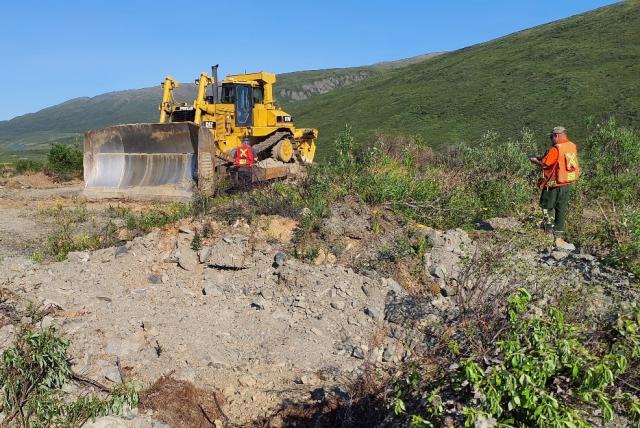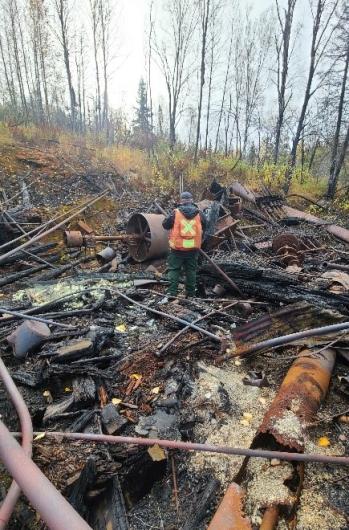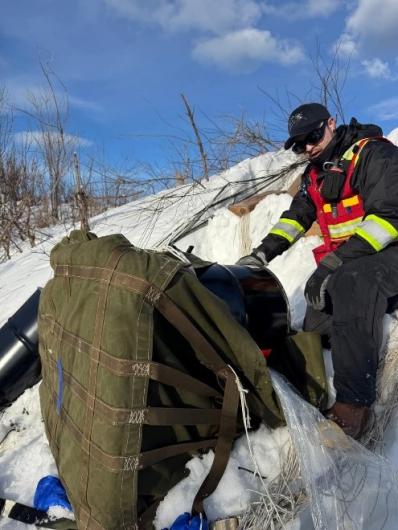Related Stories
- Using science to uncover mysteries of the Mesa archaeological site in Alaska
- BLM delivers on administration priorities
- Phosphate mining in Florida sustains supply chains, sets standards
- Partnership drives ongoing habitat restoration in Muddy Creek watershed
- Carlsbad Field Office celebrates 100 years of potash



